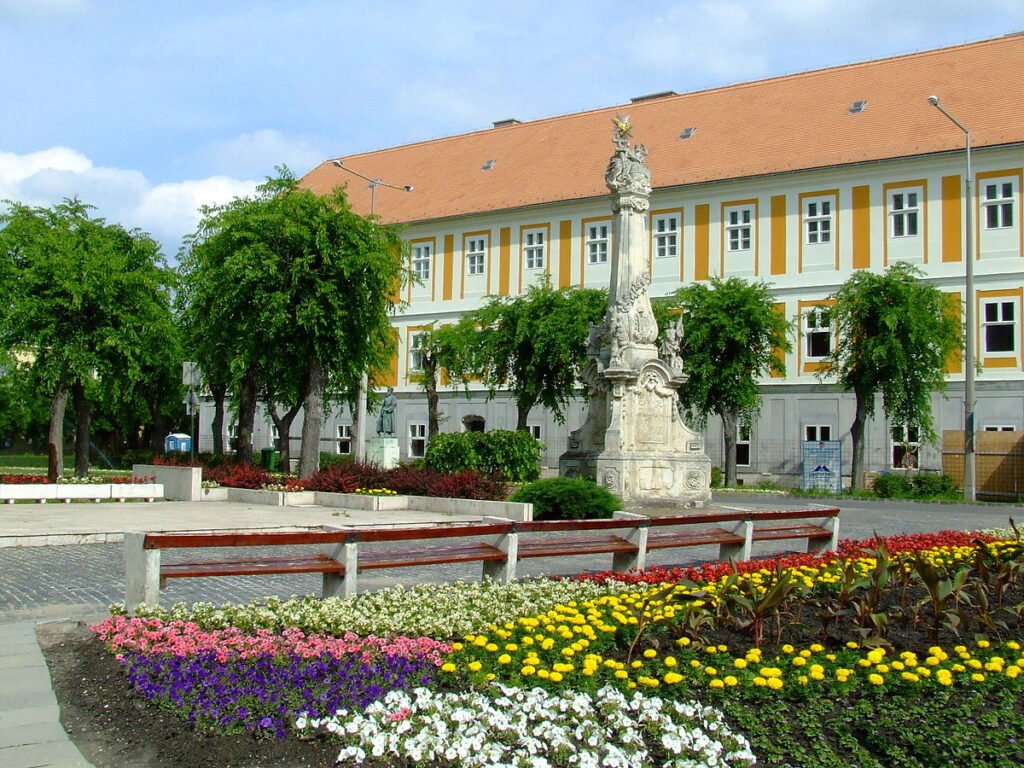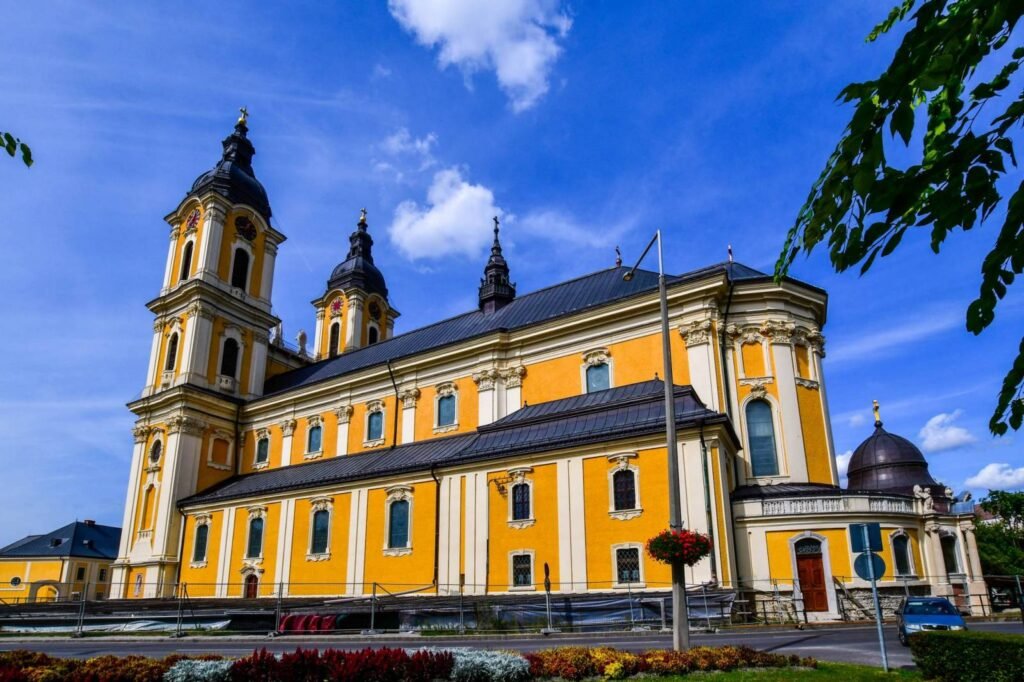Kalocsa is a city (17.2 thousand inhabitants in January 2011) in Hungary, located in the western part of the Great Hungarian Plain on the Danube. The city is the administrative center of Kalocsa County, which is part of Bács-Kiskun County.

- The climate and soil of Szeged and Kalocsa are best known for the production of paprika. Kalocsa as a paprika-growing settlement is first mentioned in a document of the Archbishopric of Kalocsa from 1729.

- Folk art in Kalocsa. The city is a strong centre of folk art, mainly ornamental wall painting and embroidery (embroiderers are called pisarki here). Until 1918, a narrow range of colours was used: white, black, red and blue. Today, this tradition has disappeared and a wide range of colours is used. However, paintings and embroidery only present naturalistic plant ornaments. The interior walls of houses are decorated, as well as porches and gable walls. Folk pottery and ceramics are also strong. Red jugs and white bowls with blue decorations are especially produced.

- The unique feature of Kalocsai is certainly the Paprika Museum in the very centre of town. It is a replica of a farmhouse, with a room, kitchen and living room, and above all a relatively modern paprika processing area. This space is characterised by the fact that many types of paprika hang from the ceiling. Here you will have the opportunity to hear about the history of Hungarian flavours and aromas, as well as see how paprika is processed into this famous ground spice.

- Porcelain factory. Porcelain has a great tradition in Kalocsa and, together with folk art, plays a decisive role in the past and present of the city. For this reason, the Kalocsai Porcelain Manufactory is the most famous and most visited place in the city. It was founded in 1971 and since then has been continuously producing over 200 different hand-painted items, including porcelain tableware and ornaments.

